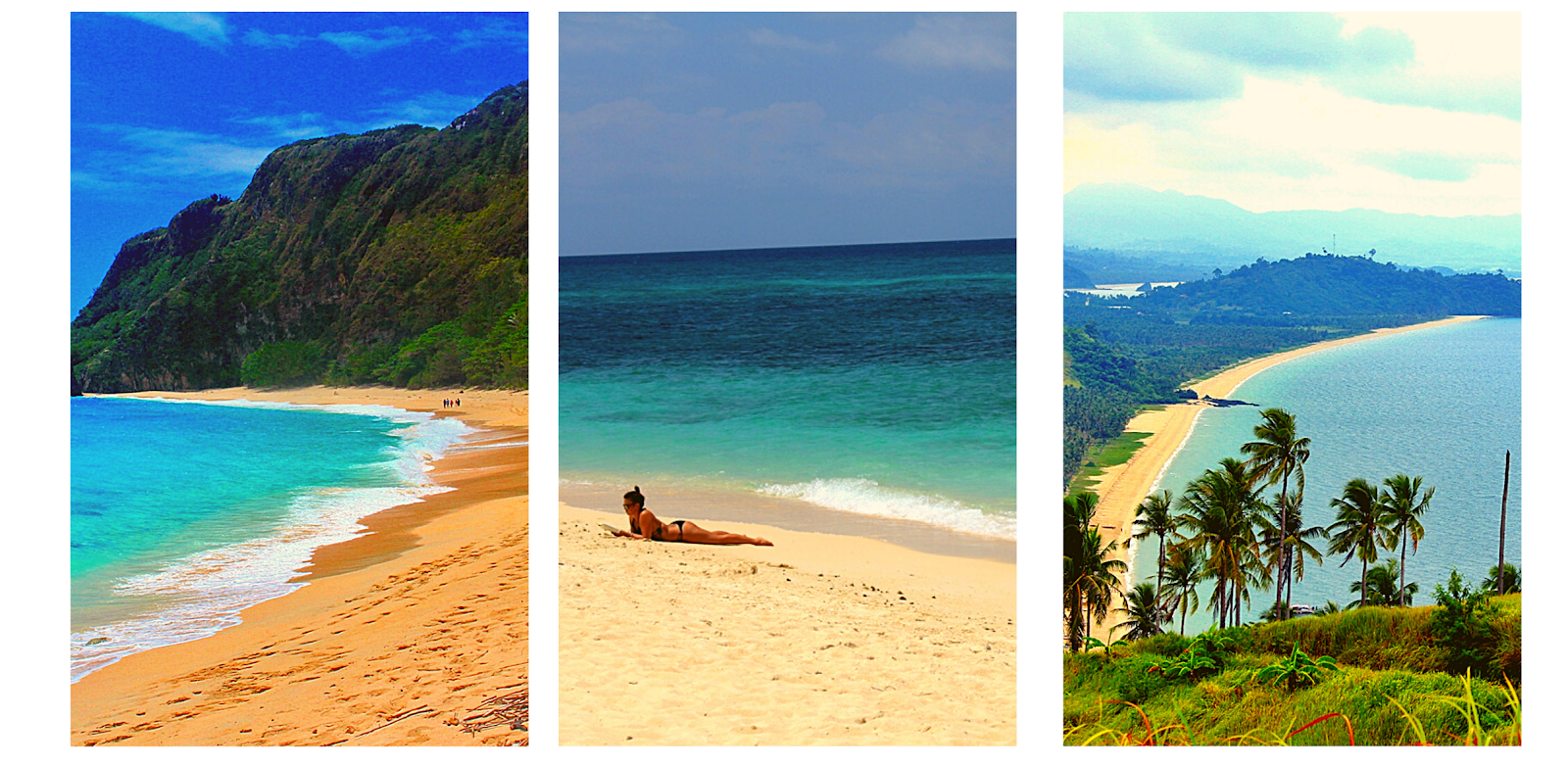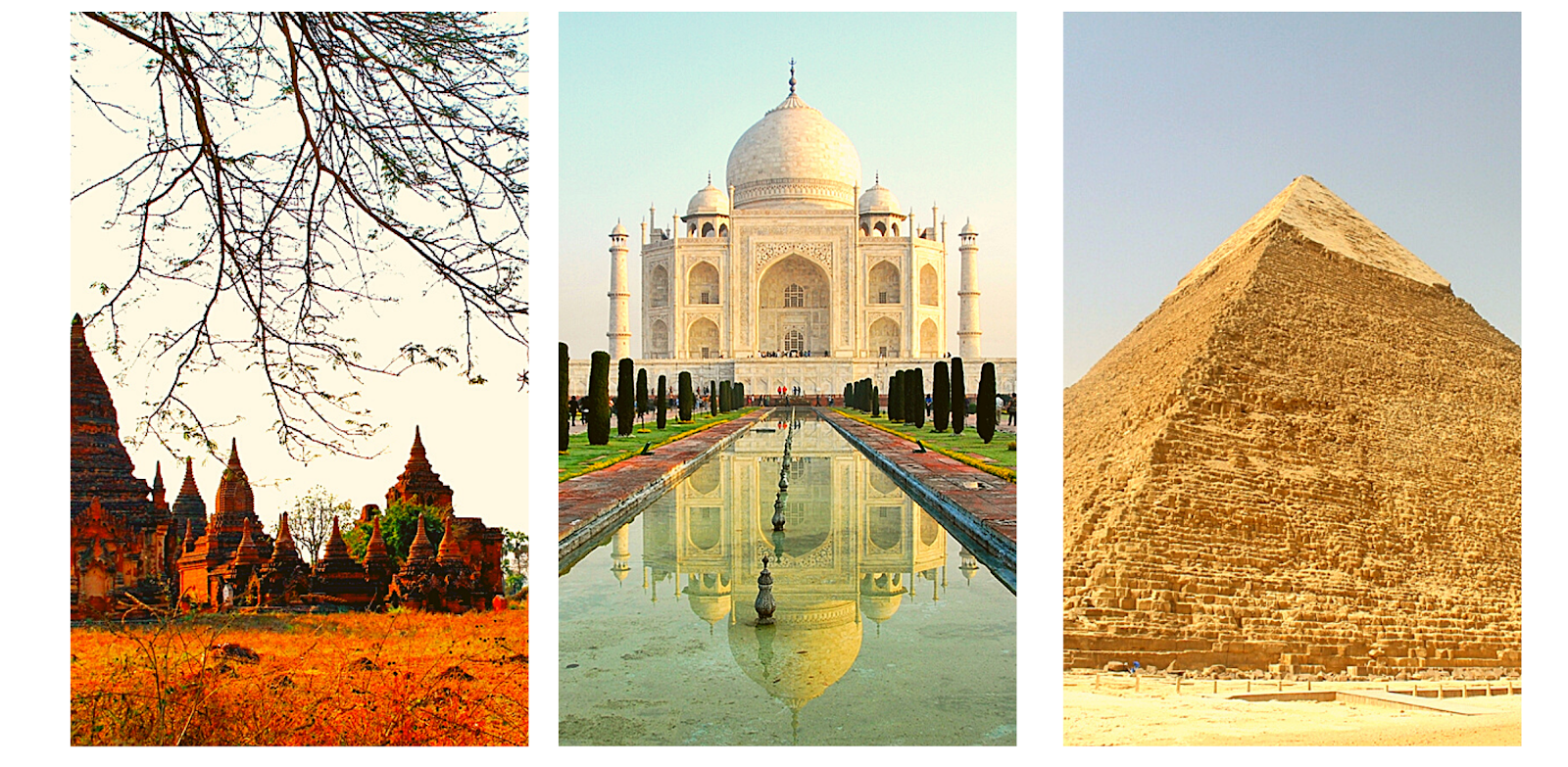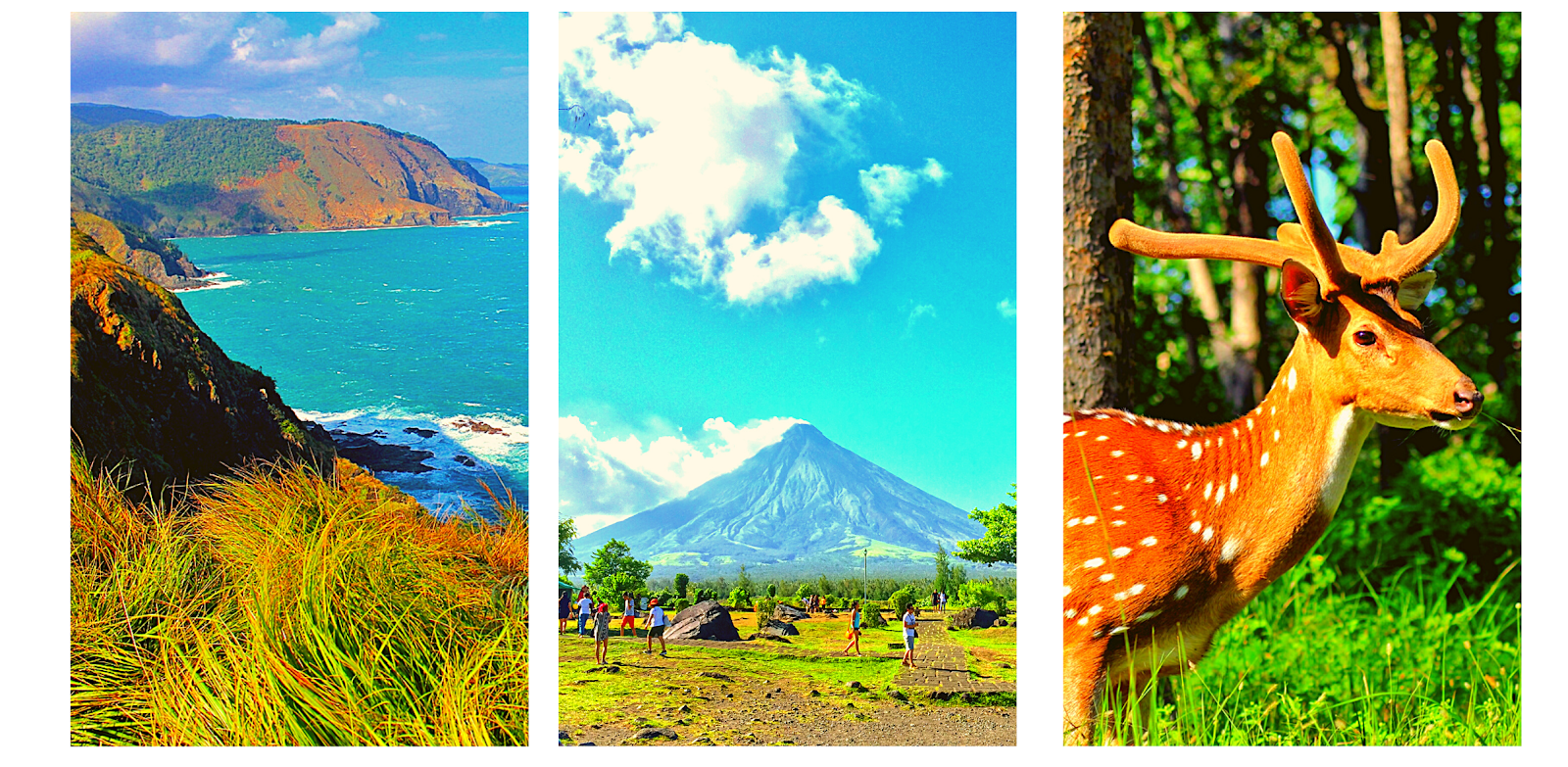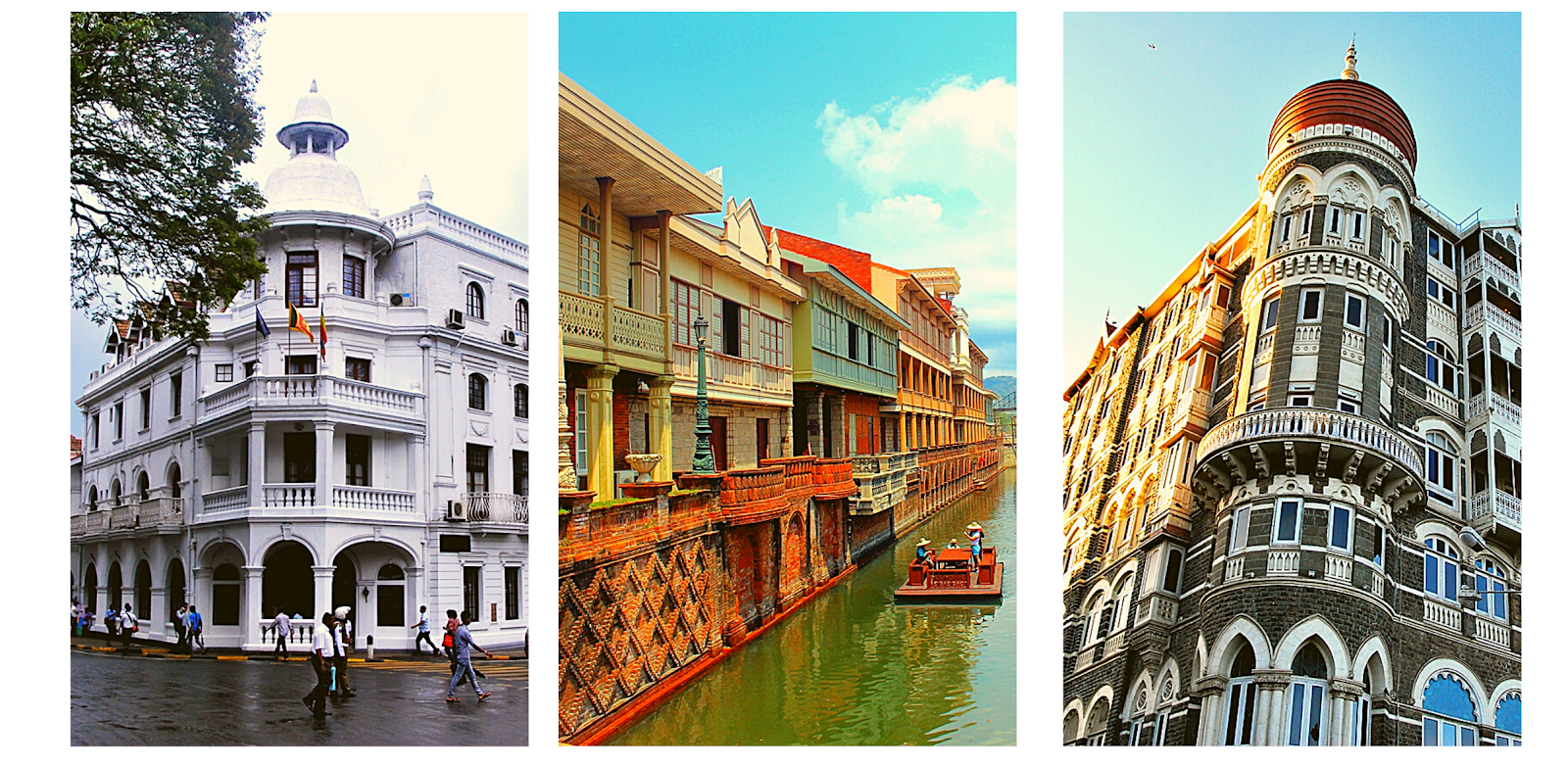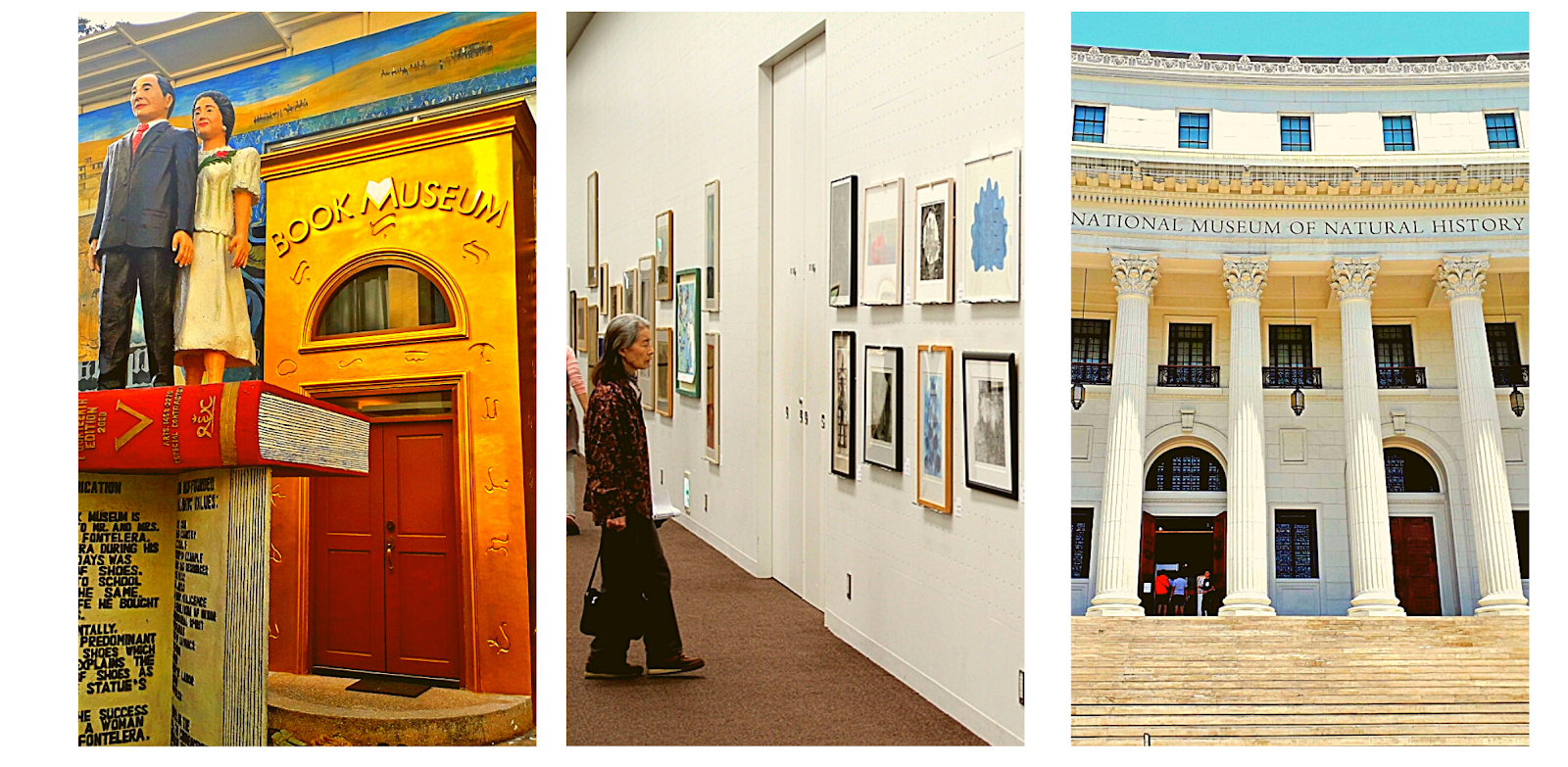Last Maundy Thursday I went to Bataan to do my Visita Iglesia since my supposed Holy Week trip to Romblon didn't push through. I decided to visit some old Spanish colonial churches in Bataan and also to make time for a side trip to Mt. Samat War Memorial which is just fitting since I consider myself as a World War II history junky.
Mount Samat's highest point is measured at 1, 821 feet above sea level and at its top stands the "Dambana ng Kagitingan" (Shrine of Valour) which itself is measured 302 feet high and features a viewing gallery on the wings of the cross.
The War Memorial was started in 1966 as part of President Marcos' plan to create a shrine dedicated to the fallen heroes of Bataan. At that time, Marcos was brazenly selling to anyone who will listen about his own experience in the Battle of Bataan. He also bragged endlessly about his 27 war medals which historians eventually found out later as fake and doctored. Turns out, he was never involved in the defense of Bataan. This war memorial was fittingly erected in the place where the Japanese had to go through the eye of a needle just to totally vanquish the combined forces of Filipinos and American troops.
The Memorial was finished in time for the 25th anniversary of the end of WWII in 1970 and is now composed of a park, a small museum, a colonnade and the memorial cross which was designed by Lorenzo del Castillo and National Artist Napoleon Abueva.
In Bataan, the combined forces of the Filipinos and American troops holed themselves up and engaged the advancing Japanese forces in an intense and all out fighting. Bataan and Corregidor proved to be the thorn on the Japanese side who was used to encountering surrendering armies in their blitzkrieg across South East Asia where they met almost little to nothing resistance in the countries of Singapore, Malaysia and the then Indochina territories (Vietnam, Laos and Cambodia).
The rampage was so smooth that according to the Japanese timetable they will be advancing towards Australia by the first quarter of 1942 rolls in expecting the same pocket resistance in the Philippines. However, they underestimated the courageous fighting heart of the Filipinos and Americans as the battle in both Corregidor and Bataan reached fever pitch that assaulting Australia has to be suspended for the time being while they bombed every square inch of Bataan and Corregidor for a number of months.
On April 9, 1942, Bataan commander Maj. General Edward King had seen enough of the bravery of Filipino and American troops amid lack of supplies and the endless air raids by the Japanese decided to negotiate the surrender of the Bataan war theater to the Japanese. After a few hours of negotiating with his Japanese adversary Major General Nagano, the "Battling bastards of Bataan" battle weary, almost starved to death but fighting spirits still intact decided to lay their arms in surrender to their Japanese invaders.
In a lenghty address aired over the Radio broadcast of the Voice of Freedome it says "Bataan has fallen. The Philippine-American troops on this war-ravaged and bloodstained peninsula have laid down their arms. With heads bloody but unbowed, they have yielded to the superior force and numbers of the enemy...Bataan has fallen, but the spirit that made it stand-a beacon to all the liberty-loving peoples of the world-cannot fall"
Bataan may have fallen but it slowed down the Japanese forces who up to that point has felt invincible in its torrid advance to in South East Asia, Korea and China. The battles in both Bataan and Corregidor will serve as their warning for their impending defeat in World War II. We may have lost the battle in Bataan but not the war itself and history will tell us the significance of the gallant stand made in Bataan - probably rivals the Battle of Britain in turning the tide of war ever so great into the side of the Allies against the Axis powers.
After the surrender more than 60,000 Filipinos and 15,000 American Prisoners of War were made to endure the infamous "Bataan Death March" - a 97 kilometer killer march from Mariveles, Bataan to Camp O'Donnell in Tarlac. Under harrowing conditions brought upon by starvation, abuse and war wound coupled by the fact that it was a long distance under any conditions the death march became a reality after more than 10,000 POW's perished along the way.
The history of Bataan as represented by this simple war memorial strikes a chord within me while I was there. Reading the inscriptions on the wall and looking at the wartime pictures inside the museum gave me goosebumps as I was once again reminded the greatness of that generation of Filipinos who fought and died during the war. I have nothing but respect and gratitude for what they displayed under the worst human conditions possible.
My friend Rea who is from Bataan accompanied me that day along with his brother who took us to the peak of Mount Samat. We spent about an hour and a half at the war memorial where we also lined up to go up the viewing gallery at the wings of the cross. Being a holy week that day - there were more visitors than the usual days. Motorcycle riders came in groups and families gather together with old and young being reminded of the brave history of Bataan were in full force that day. I didn't mind though - after almost 30 minutes of lining up we made our way to the viewing deck and saw the thick forests around Mt. Samat and as I looked around I imagine what was it like back in 1942. All of a sudden I hear the buzzing sounds of Tora-Tora's dropping bombs, the sounds of cries and agony - it was all enough for me to realize how lucky I am not to be alive during that time.
On hindsight - I will never be a part of that great generation. However, I can always pay homage to them by not forgetting about our history especially during those harrowing period where great and men of valor fought for our country to the bitter end.

